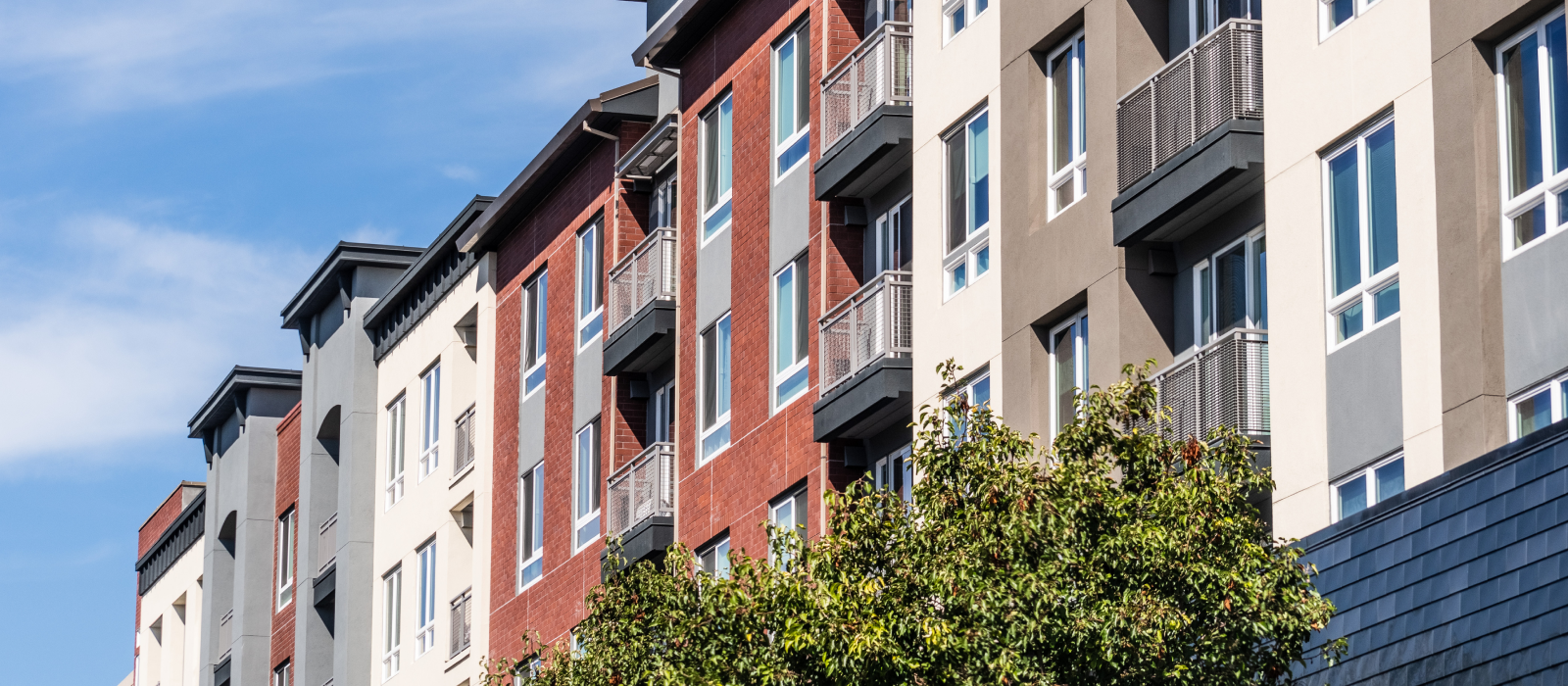Concern 1: Regulation
The cost of regulation/over-regulation is bad for business.
RESPONSE
The goal of enacting such regulations is not to eliminate or punish landlords, but rather to heighten the quality of rental housing stock in the community as well as ensure that landlords are responsible managers of safe and healthy properties.
We are working with landlords as partners to understand their concerns and address them through education, policy design or implementation strategies.
Concern 2: Proactive Rental Inspection (PRI) Policies
Proactive Rental Inspection (PRI) policies are costly and invasions of privacy. The state should preempt them both.
RESPONSE
Research shows that proactive rental inspections lead to improved housing quality. If cost is a concern, there are numerous ways localities throughout the country have funded their programs. Concerns about invasions of privacy are mitigated through education, outreach and communication.
Every community is different and needs the ability to develop their own policies to improve population health. Polling consistently shows that voters trust the government closest to them. The use of preemption can limits the ability of municipalities to respond to the health needs of their residents and to address racial disparities.
Concern 3: Inspections Affect Affordability
An increase in housing inspections will lead to a dramatic drop in availability of affordable housing.
RESPONSE
Housing inspections are important in order to identify health hazards beyond what might be predicted based on home age and assessed value alone. Particularly in the highest risk areas, inspections may identify individual homes or specific areas where residents may be at risk from housing hazards.29
In some cities, local programs have provided assistance and incentives to landlords who make necessary repairs, enabling them to keep rents low and avoid passing added costs to the renter.30 For instance, the Restore, Repair, Renew program in Philadelphia helps homeowners access low-interest loans to use for a range of home repairs that focus on health, safety, weatherization, accessibility and modernizing outdated features. These repairs help improve the health of people living at the property as well as preserve the existing affordable housing stock.
Concern 4: Individual Responsibility
It’s the individual’s/parental responsibility to provide a healthy home. We should do more education for families.
RESPONSE
Public awareness is critical to preventing exposure to health hazards in the home, but we can’t leave this to individuals and families. People should be able to trust that the place they are living in won’t harm them. Besides, many people don’t have a choice in housing. And when they do, they often don’t have the expertise to assess the health and safety of a house or apartment for hidden dangers such as lead and mold. They may not have the ability, resources or permission (if renting) to address those risks.
Concern 5: Increased Costs will Decrease Affordability
If there are increased costs to the landlord/property owner, they will just be passed down to the tenant and could make their housing unaffordable. That could lead to evictions and houselessness.
RESPONSE
Cities are finding creative ways to address this, and we can, too. (Insert your specific solution or proof point that this will not happen, or how it will be mitigated.)
For example, Brooklyn Center, Minnesota, uses a performance-based licensing model to incentivize landlords to provide decent, safe and sanitary housing and to avoid situations where the property becomes a nuisance to the community. Rental license categories are determined based on property code and nuisance violations noted during inspections.56 This model effectively rewards high-performing landlords and encourages compliance.
The city of Rochester, New York, passed a lead law in 2006 that required several implementation costs. Instead of the costs being passed down to landlords and tenants, some of them were shared with the county health department. Besides, after the law passed, the increased demand on certain services, such as inspections, has been shown to create a competitive market, driving down the costs.
Concern 6: Limited Capacity
Implementing and regulating new housing measures will increase training needs, bring potential conflict and compete with other key priorities, and we already have limited staff capacity.
RESPONSE
In some cities, Healthy Homes activities are incorporated into the regular duties of people already making home visits (e.g., public health nurses, environmental health professionals and community health workers). In others, health insurers are covering some of these activities. (Insert your plans to address this with your coalition.)
End Notes
29 Korfmacher, K. S., Holt, K. D. “The Potential for Proactive Housing Inspections to Inform Public Health
Interventions.” Journal of Public Health Management & Practice: JPHMP, 24(5), 444–447. 2018. https://doi.
org/10.1097/PHH.0000000000000757.
30 https://localhousingsolutions.org/policy-objectives/improving-housing-quality-and-safety/.
